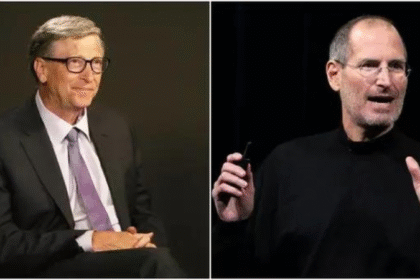Table of Contents
The Rarity of Olympic Champions: 1 in a Million, or 1 in 130 Million?
When we think of Olympic champions, the phrase “one in a million” often comes to mind. These athletes represent the pinnacle of human physical achievement, standing as symbols of dedication, perseverance, and excellence. But what if we told you that in some countries, Olympic champions are not just “one in a million,” but even rarer—sometimes as rare as “one in 130 million”?
A Tale of Two Nations: Olympic Medals and Population
Let’s dive into the numbers. Consider a country like the United States, where the population is about 330 million. The U.S. has historically been a powerhouse in the Olympics, winning thousands of medals since the modern games began. By rough estimates, that’s approximately one Olympic medal for every 275,000 people (Team USA Olympic History).
Now, contrast this with India, a nation of over 1.4 billion people. Despite its massive population, India has won just 35 Olympic medals (across both Summer and Winter Games) from 1900 to 2021 (Olympic Medals by Country). This means that for every Olympic medal India has won, there are approximately 40 million Indians. But if we focus only on gold medals, the figure becomes even starker: just one gold medal for every 130 million people.
What Does This Tell Us About Sporting Culture?
The stark contrast in these numbers hints at deeper, underlying factors related to the sporting culture in different countries.
- Infrastructure and Investment: Countries like the U.S., China, and Russia invest heavily in sports infrastructure, training facilities, and athlete development programs. This creates an environment where talented individuals can thrive and reach the Olympic level. In contrast, India has historically underinvested in sports other than cricket, resulting in a lack of facilities, coaching, and support for athletes in many Olympic disciplines (India’s Sports Infrastructure).
- Cultural Emphasis on Sports: In many Western countries, sports are deeply ingrained in the national psyche. From school-level competitions to professional leagues, children grow up with ample opportunities to engage in sports. In India, however, academics often take precedence over sports, with many young athletes lacking the necessary support to pursue sports seriously.
- Talent Identification and Nurturing: In countries with a strong sporting culture, there are established systems for identifying and nurturing talent from a young age. India, despite its vast population, struggles with talent identification and development, particularly in rural areas where resources are scarce (Challenges in Indian Sports).
The Changing Tide: India’s Emerging Sporting Culture
The narrative, however, is slowly changing. The success of athletes like Abhinav Bindra, PV Sindhu, and Neeraj Chopra is inspiring a new generation of Indian athletes. Government initiatives, private sponsorships, and greater media coverage are starting to create a more supportive environment for sports in India.
For example, the Indian government’s Target Olympic Podium Scheme (TOPS) and the establishment of the Sports Authority of India (SAI) are steps in the right direction. The rise of sports leagues in India, such as the Indian Super League (football) and Pro Kabaddi League, also reflects a growing interest in diverse sports.
Beyond the Numbers
While the numbers—one Olympic medal per 40 million people in India—might seem daunting, they also underscore the potential that remains untapped. As India’s sporting culture continues to evolve, there is hope that the future will see many more Olympic champions emerging from the subcontinent.
The journey from “one in 130 million” to “one in a million” is long, but with the right investment, support, and cultural shift, it’s a journey that India is increasingly poised to undertake. The rarity of these champions makes their achievements all the more remarkable, and perhaps, in the future, not quite so rare.

















